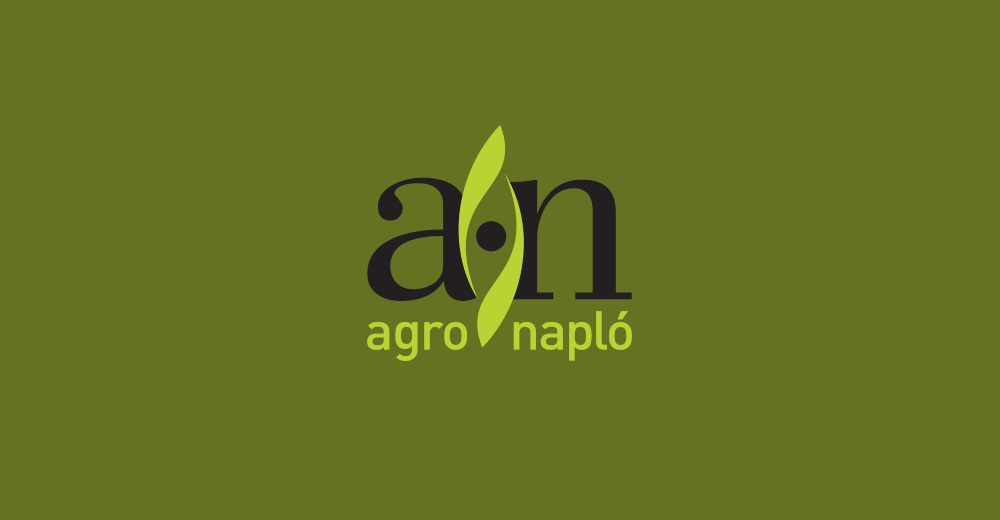The two affected Member States in order to control the spread of the virus are already applying the measures foreseen by Council Directive 2005/94/EC. The measures include the culling of the poultry on the affected holding, the establishment of protection and surveillance zones, the introduction of sanitary measures (cleaning and disinfection), the prohibition of movements to sell live poultry, eggs, poultry meat and other poultry products to other EU countries and non-EU countries and the culling of affected flocks only in the restricted zones. The Commission is also informing other EU Member States and non-EU countries, as well as international organisations about the disease situation and on the measures taken.
The Commission was informed by the Dutch authorities on 15 November of an outbreak of Highly Pathogenic Avian Influenza (HPAI) H5 in an indoor flock of 150 000 laying hens. On 16 November, the H5N8 virus was confirmed as being the cause. The Netherlands took immediate measures as required under the EU law which are mentioned above. Given the high density of poultry in some parts, the Commission welcomes the Dutch authorities´ additional decision to apply a complete standstill of poultry, eggs and manure from farms throughout The Netherlands as from 11am on Sunday 16 November, which allows time to better assess the situation.
Late evening on 16 November, the UK authorities informed the Commission of an outbreak of HPAI H5 on an indoor duck breeder farm. The culling of 6 000 ducks on the holding is arranged and the zoning around the outbreak has been applied. Epidemiological investigations are on-going. The information available indicates that the H5 virus in the UK is probably identical to the H5N8 HPAI virus found in The Netherlands and in Germany.
Both The Netherlands and the UK are constantly reviewing their measures to take account of the situation on the ground. The Commission is closely liaising with both the UK and the Dutch authorities to receive constant updates on the situation and on the disease control measures adopted.
Today´s Decisions will be reviewed by the Standing Committee of EU Member State experts on Thursday 20 November 2014 (PAFF Committee).
Epidemiological investigations are ongoing to identify the possible source of virus. The fact that the three recent outbreaks in Germany, The Netherlands and the UK have occurred in proximity of humid areas with wild birds and the absence of any other possible epidemiological link between them point towards wild migratory bird as a possible source of virus. A species of wild swans might be carrying the virus without showing signs of disease. Member States concerned are evaluating their wild bird surveillance data and are enhancing monitoring. Consequently, the Commission has asked EU Member States to increase bio security on farms.
The European Centre for Disease Prevention and Control (ECDC) states in its risk assessments for the threat of avian influenza risks to humans that the risk of the disease transmitting to humans is low, if all European sanitation protocols are followed. Persons at risk are mainly people in direct contact with or handling diseased chickens e.g. farmers and veterinarians. The risk can be minimised by using appropriate personal protective equipment.
Avian influenza is an infectious viral disease in birds, including poultry. Infections with avian influenza viruses in domestic poultry cause two main forms of that disease that are distinguished by their virulence. The low pathogenic form generally only causes mild symptoms, while the highly pathogenic form results in very high mortality rates in most poultry species. That disease may have a severe impact on the profitability of poultry farming.
Source: europa.eu








